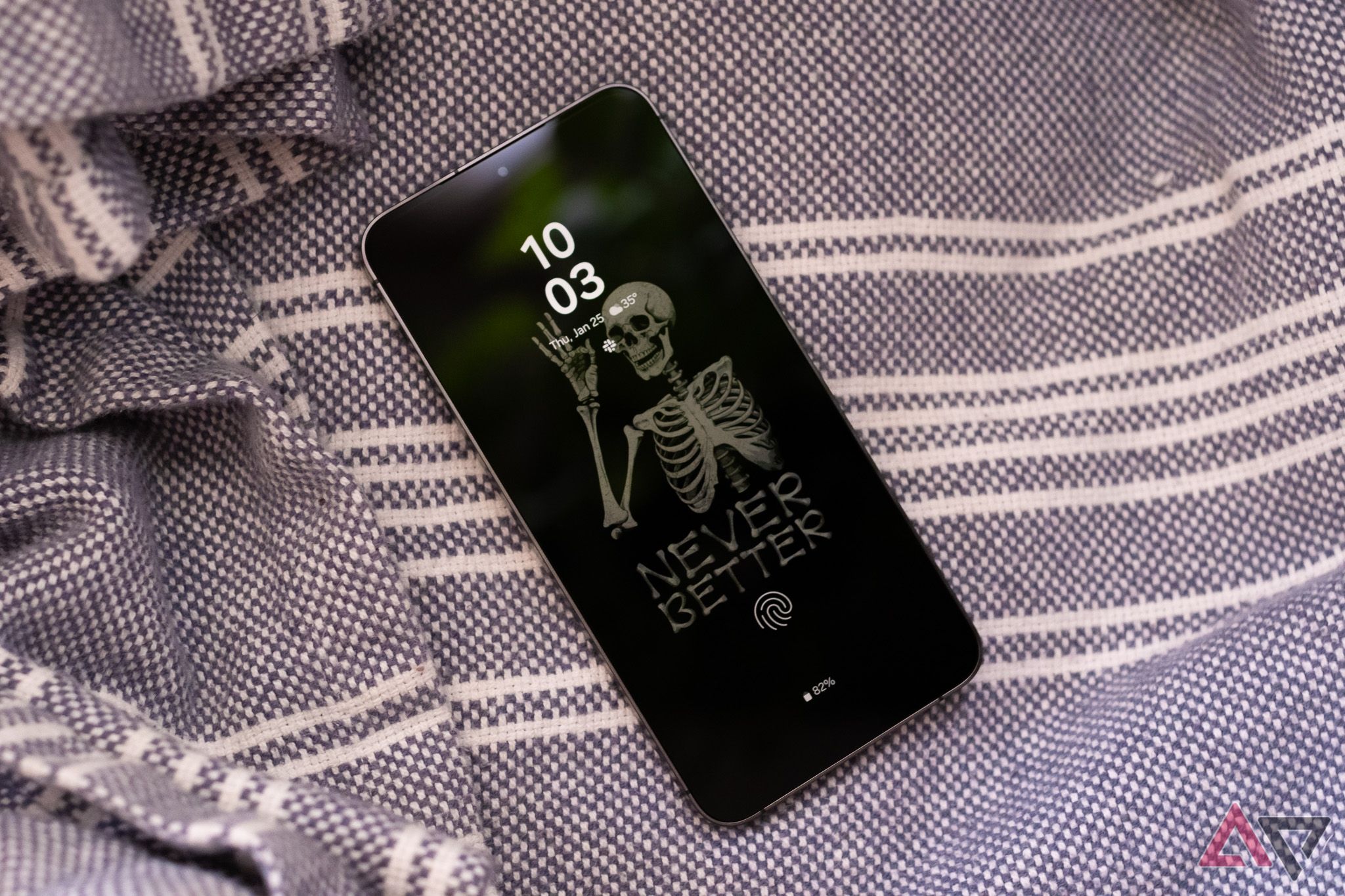It’s easy to take always-on displays for granted. Long gone are the days of flashing notification lights, customized down to individual apps. Instead, the AMOLED displays that are nearly universal across the best Android phones fill that role for us, showcasing incoming messages, weather alerts, calendar reminders, and — of course — the current time. It’s a much more advanced system of keeping you notified while simultaneously keeping you from having to touch the display at all.
It’s crazy to imagine, but the concept of an always-on display has been around for well over a decade. Nokia was, unsurprisingly, the first to bring it to market, but my earliest memories of AODs come from the Moto X. That phone didn’t technically use an always-on display, but it did rely on its AMOLED screen to showcase incoming — and actionable — notifications, a system Motorola still uses on its phones to this day.
Most smartphone makers, however, have settled on near-identical functionality these days. Sure, there are visual differences between phones from brands like Samsung, Google, and OnePlus, but they all serve the same purpose: alerting you to incoming or unanswered notifications while minimizing battery drain and distractions. It’s a particularly useful tool, and frankly, it’s hard to imagine using a phone without one. Even when I’m on Motorola phones, I find the lack of a true always-on display a little frustrating.
Of course, that’s just me. Not everyone finds always-on displays useful, and with companies like Apple and Samsung leading into a new, more visually dynamic style by default, I’d bet that split will only continue to grow. Personally, I’m not a fan of that new look; I didn’t like it when Apple rolled out its first attempt at an AOD, and I didn’t like it when it arrived by default on last month’s Galaxy S24 Ultra. Thankfully, in both cases, you can swap back to a purely black UI.
But for some people, any always-on display is too much. So, I’m curious. Do you use an always-on display, or is it something that gets turned off as soon as you’ve set up your new phone? Maybe you’re out here missing notification LEDs and all of the customization that came with it. And believe it or not, I don’t think we’ve ever asked this question for a weekend poll at Android Police, and I’ve been doing them for nearly three years. Thanks to commenter Zelendel for suggesting this one.
Source link



